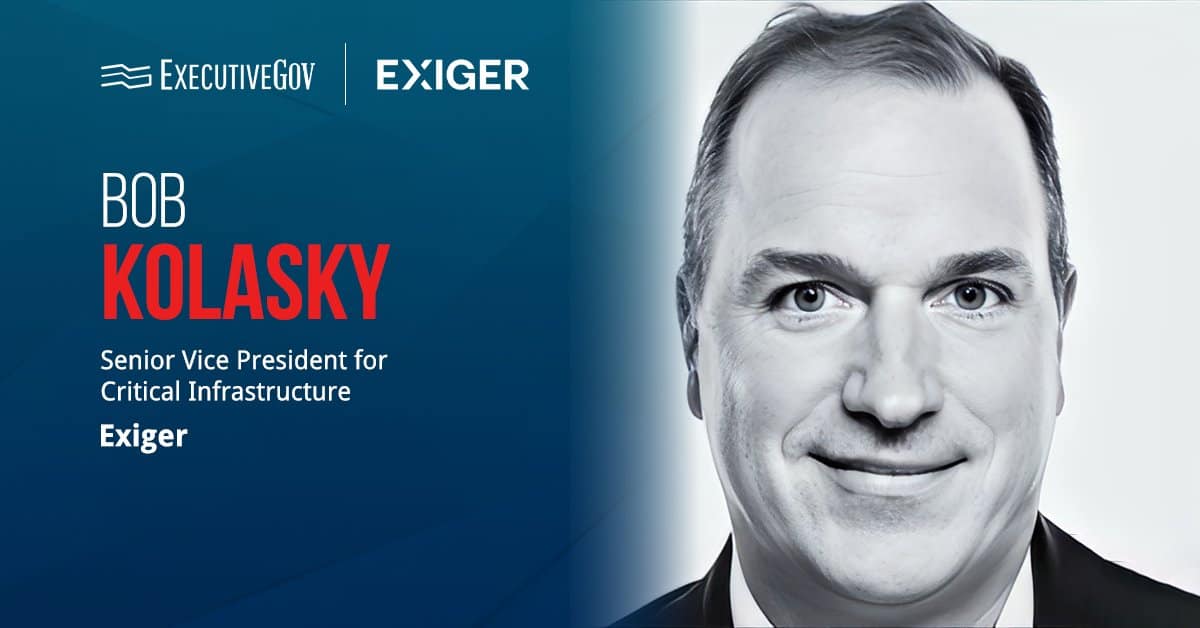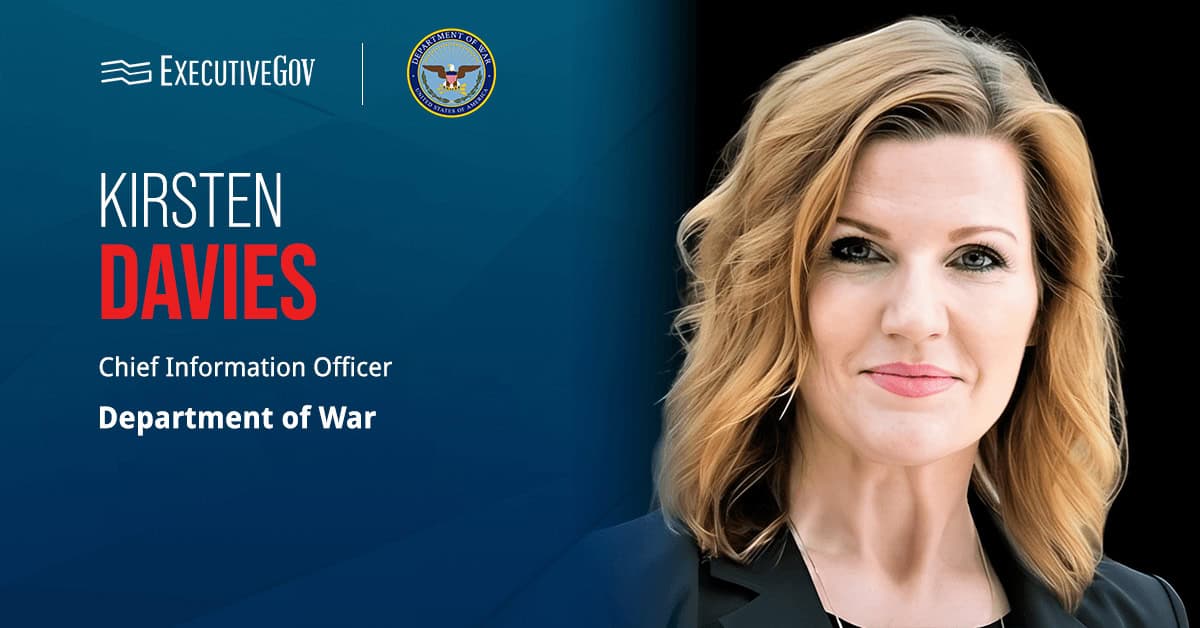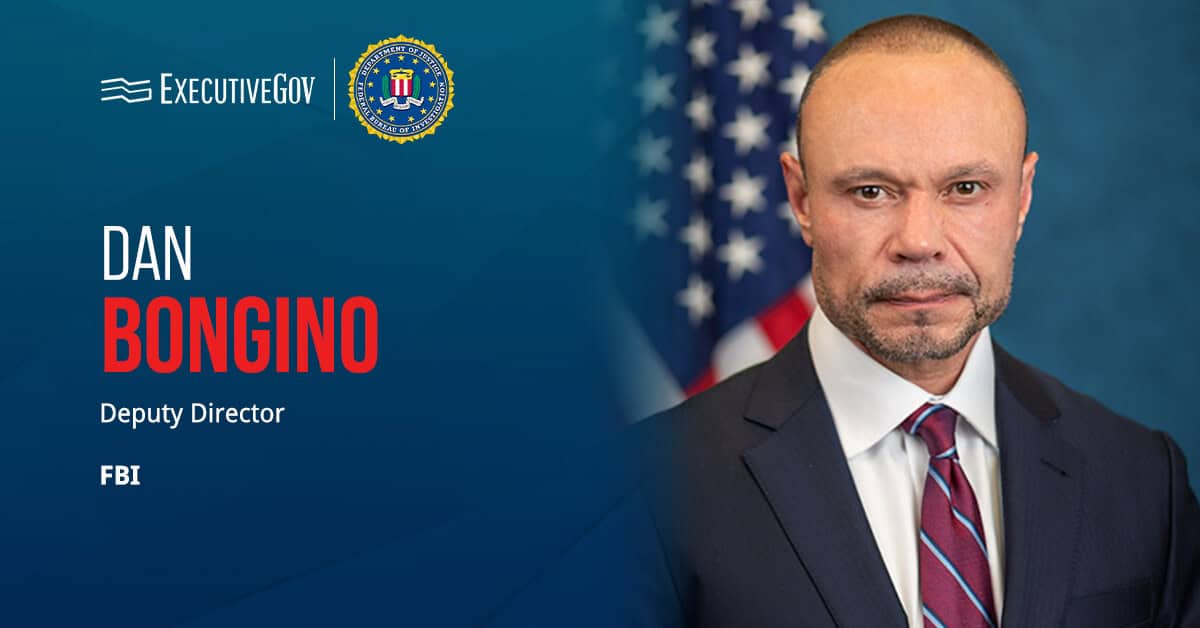The rapid physical expansion of artificial intelligence infrastructure could create new vulnerabilities across U.S. critical systems, said Bob Kolasky, senior vice president for critical infrastructure at Exiger, in an opinion piece Homeland Security Today published.

The growing intersection of AI and critical infrastructure resilience will be a central focus at the Potomac Officers Club’s 2025 Homeland Security Summit on Nov. 12. At the event, Kolasky will join DHS and CISA leaders to discuss strategies for securing emerging technologies and interconnected systems. Register now to hear insights from the experts shaping the future of infrastructure protection in the AI era.
Table of Contents
What Risks Are Linked to AI’s Physical Growth?
According to Kolasky, former director at the Cybersecurity and Infrastructure Security Agency’s National Risk Management Center, current security discussions focus too heavily on digital threats while overlooking the physical systems that enable AI operations. He pointed to the rapid construction of data centers by major technology companies as a key area of concern.
The Exiger SVP cited data from CBRE’s “North America Data Center Trends H1 2025” report showing that there were more than 5,200 megawatts of new data center capacity under development in early 2025. He warned that this growth is placing additional strain on the electric grid and creating new interdependencies among sectors such as energy, water and telecommunications. He said the scale and complexity of these links have increased the potential for cascading effects from infrastructure failures.
What Steps Could Strengthen AI Infrastructure Resilience?
He stressed that the identification of “systemically important critical infrastructure” must be updated to include companies vital to the AI supply chain, such as Nvidia, AMD, Equinix and Digital Realty Trust. These entities, he said, are not traditionally viewed as critical but have become essential for their roles in enabling AI models.
Kolasky called for stronger coordination and resilience planning to prevent large-scale disruptions. Key measures include requiring local authorities to map and prioritize critical AI infrastructure for disaster and attack response, enforcing secure-by-design and resilient-by-design standards across AI systems, and establishing stress tests to assess the stability of interconnected infrastructure components.





